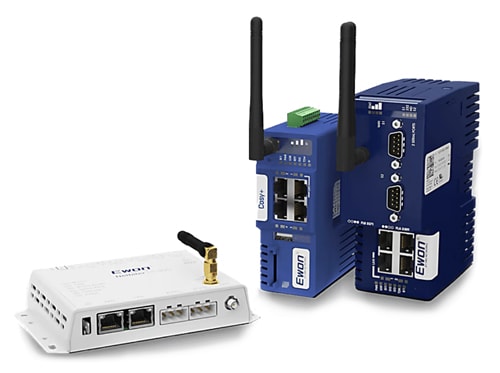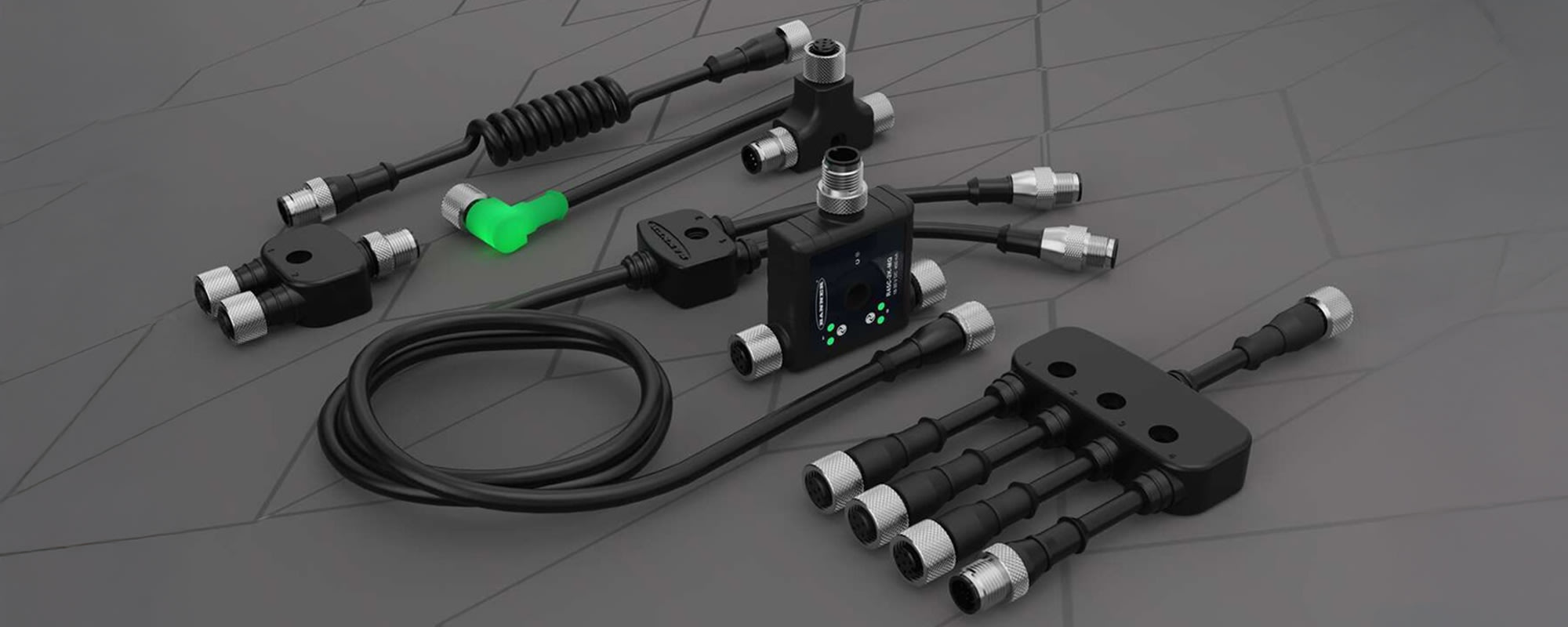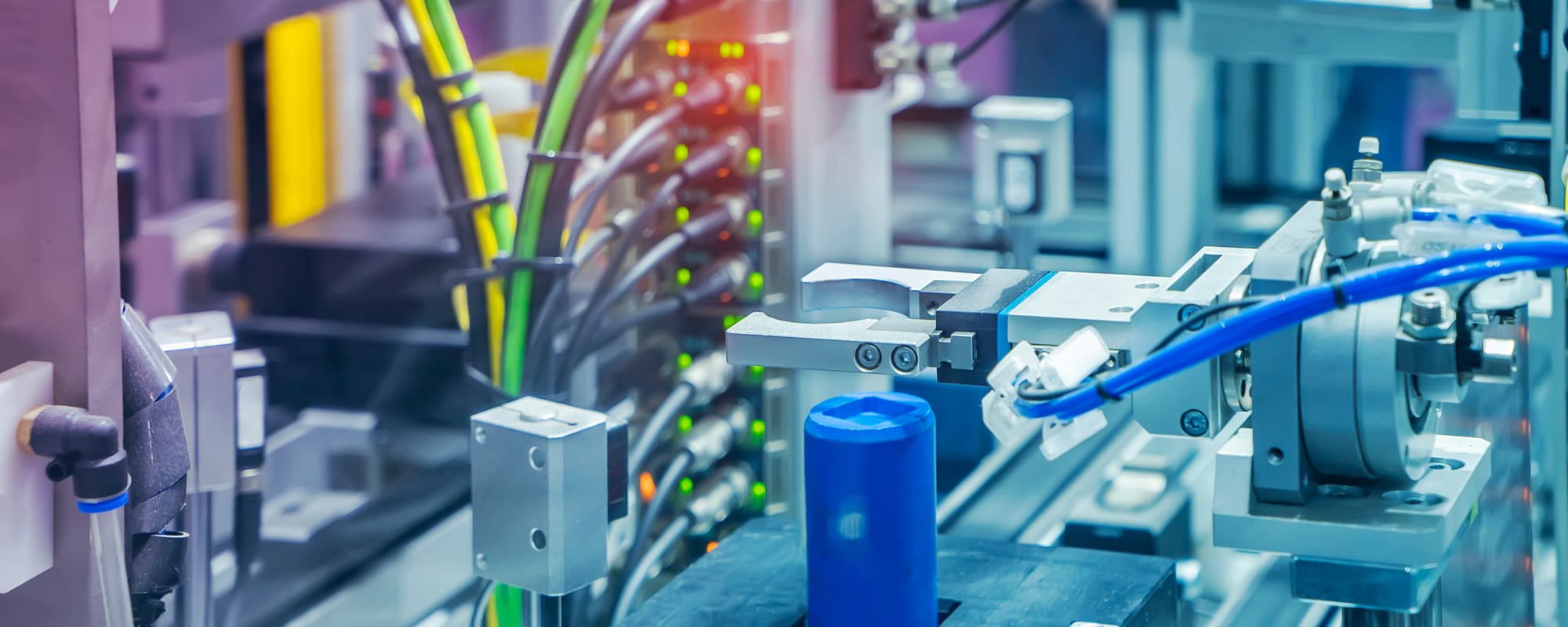Unplanned downtime is one of the costliest issues in industrial manufacturing, and no industry or facility is immune. Leveraging more equipment data can help. We spoke with Jason Block, Business Development Manager at HMS Networks, to learn more about IIoT gateways designed to help industrial organizations adapt to evolving service models, improve decision-making, and minimize downtime.

Fortunately, the approach to servicing equipment and systems when issues arise is shifting with the help of technology and digital tools. We spoke with Jason Block, Business Development Manager at HMS Networks, which develops industrial communications equipment designed to share data with software and systems, to learn more. Jason discusses the evolution of service models for industrial manufacturing, addresses the key role data plays in these models, and highlights IIoT gateways as an optimal solution for transmitting and translating machine data into actionable information users can leverage to improve decision-making and minimize downtime.
Hi Jason. You joined us today to talk about evolving service models for industrial data. So, let’s dive in. What should people know about evolving service models?
Unplanned downtime is one of the biggest challenges for industrial companies. When it comes to managing and servicing the equipment, the way we use data to service, monitor, and fix equipment is evolving.
Service models for industrial manufacturing can be generally broken into three segments:
- Pre-Industry 4.0, a reactive model or a run-to-failure approach. Equipment was used until it no longer worked or something broke. This is still the model many factories use today.
- Industry 4.0, a predictive approach that uses data to help forecast when equipment will fail. The data that feeds predictive service models can also improve reactive service models that allow companies to use data to diagnose problems faster. This model also provides easier access to resources for fixing the problem and getting the equipment back to work. Downtime is still an issue, but it typically doesn’t last as long as before.
- Industry 5.0, a prescriptive approach that can not only predict when equipment will need servicing or replacing but also implements tools to automate the fix to essentially eliminate downtime. This model relies on collaboration between machines and humans through the use of digital tools like artificial intelligence (AI).
A majority of industrial plants — as many as 80% — still utilizes a reactive approach. While more are moving to a predictive model all the time, it’s still a struggle, and many aren’t fully utilizing Industry 4.0 standards yet.
Why is data so vital to industrial market sectors, and how can it help companies address their challenges?
Business decisions are only as good as the least connected devices inside the equipment of a factory. Without data, predictive and prescriptive models are not attainable. No data means no feedback, which prolongs the servicing process and extends downtime.
The first thing to consider is getting the data, and that’s where networks play a key role in the infrastructure. The second piece of the equation is transmitting the data in a way that computers and humans can understand, as neither speaks the same language as machine data. Once securely transmitted, translated, and analyzed, this machine data can help humans make better decisions when facing issues like downtime and labor shortages.
We’re currently facing a shift in the workforce, where many of those with significant experience and deep equipment knowledge are retiring, and many businesses are having trouble finding replacements with the same specific skill sets. So, if machines can provide more and better equipment and system data — and make it actionable for a wider variety of workers — then companies can fill personnel gaps more easily.
Right now, many companies have legacy equipment and networks that are designed around machine control rather than machine data. These organizations are operating with islands of automation — meaning that, while some of their machines provide data, they’re often not networked or connected together.
What’s one solution that can help organizations implement evolving service models and leverage data more effectively?

Access to data and connectivity is essential to implementing updated service models. Industrial Internet of Things (IIoT) gateways are devices that essentially understand machine languages and translate that information into legible, actionable formats. For example, machines for industrial field processing use machine-level protocols, such as PROFIBUS and Ethernet/IP. Gateways can act as translators, turning protocols into coding languages, such as JavaScript Object Notation (JSON), that humans can understand.
Gateways play a distinct role in evolving service models. In a reactive model, they can reduce the amount of unplanned downtime by allowing outside resources to access machines through virtual private networks (VPNs). VPNs allow service workers from hundreds of miles away to connect and troubleshoot system problems without being onsite. In a predictive service model, IIoT gateways help with condition monitoring — evaluating components within the equipment, assessing all factors and variables associated with it, and using that information to predict when the equipment will fail. The prescriptive model is still a future case, but it will play a role alongside AI.
Take the example of a motor. When bearings start to fail, or a motor is improperly coupled, the motor will present changes in vibration that fall outside of its normal harmonic frequencies. Gateways can use condition monitoring to detect changes in vibration and analyze when the bearing or coupling may ultimately fail, allowing system operators to plan for the downtime to perform maintenance on the motor rather than waiting for it to fail and potentially being unprepared to repair it right away.
Please introduce us to HMS Networks’ remote IIoT gateways.
One thing that sets the HMS brand apart is our cloud platform. Our Talk2m global cloud infrastructure provides a vast network of servers, so there is a high level of availability. Also, we know how important security is for business. We hold ourselves to the highest standards for securely managing networks, including having them third-party tested for security.
HMS Ewon IIoT remote gateways enable data collection, programming, and troubleshooting from anywhere. They’re also designed for ease of use and accessibility. For example, our Ewon Flexy model has machine intelligence built right into the gateway so users don’t have to do any high-level programming or add another device to use it. In addition, as the name suggests, the Flexy is flexible. You can configure the gateway to your exact needs. This includes the type of connectivity and ports — such as Ethernet ports, Wi-Fi, and cellular communication — and digital or analog cards. The Ewon Flexy line also gives you the flexibility to send data locally or to the cloud. It can truly be customized to your precise requirements.

We have a customer that makes plastic cups and has plants and factories all over the world use our Ewon Flexy gateway so that maintenance personnel could access service resources for their global systems from anywhere. They also used the gateways to help decision-makers access actionable system data from around the world. In addition, since most of the company’s analytical tools were built utilizing Microsoft Azure, they used the Ewon Flexy gateways to translate data from the machines, which are speaking completely different languages and protocols, into a format that they could access and manage via Azure.
At the end of the day, Ewon Flexy gateways help people make better decisions by providing more visibility into machines and systems.
Looking to minimize downtime? Leverage more equipment data with HMS Networks and RS.
If your goal is to minimize downtime, it’s time to leverage more of your equipment data. RS offers a broad range of HMS Networks products designed to securely, efficiently, and reliably transmit and translate equipment data into actionable information you can use to improve your decision-making, including HMS Networks Ewon remote gateways like the Ewon Flexy.
For more information about HMS Networks and its industrial data communications products, please visit the links provided. For assistance selecting, deploying, and maintaining HMS Networks industrial data communications products designed to support evolving service models, please contact your local RS representative at 1.866.433.5722 or reach out to the RS technical support team.







